Why Does Your Credit Score Matter?

Credit Score
When it comes to big purchases, credit score is something we constantly worry about. Whether you are starting to build your credit score or you have not made all your payments in time, these could possibly affect whether you could finance a car or not. Most people don’t realize how much a credit score determines when buying a car; the interest rate, monthly payment amount and your loan terms. We are here to give you the run down on credit score and even include some tips when it comes to getting approval to finance a car.
What is credit score?
Every person has a three-digit number which is determined by how you repay debt, this is called credit score. Lenders, banks, and in this case dealerships use these scores to approve a person for a loan or financing. Your score is not based on any personal information, just specifically on making on-time payments and your accounts being in good standing. Credit is not always an indicator of your financial standing, but it could mean you have a lot of borrowed money to pay on consistently.
Not only does your credit score determine your loan approval, but it also will determine your interest rate. The higher the credit score, the lower interest rate you will typically be charged. Make sure to keep building your score, especially before a financed purchase, because every lender has a different standard. Something most people do not know is you are more likely to get approved and get a better interest rate through a car dealership than a bank, so keep this in mind when you are buying a car.
What does my credit score need to be to purchase a vehicle?
Overall a good credit score is considered 720 or higher. When it comes to buying a car many people underestimate how much car dealers really want to sell a car to you. This does not mean everyone will get approved, but your chances are higher than you think if your score is below 700.
Another important unit to calculate is your credit utilization, also known as the percentage of available credit being used at the current time. For example, if you have 5 credit cards with $10,000 limits, your available line of credit is $50,000. If you owe $46,000 then lenders will be concerned you are tapped out because your utilization is 92%, and you only have 8% available. If you owe $10,000 then your available credit is 80% because you’re only utilizing 20%. This is another important factor to evaluate along with your credit score.
Don’t stress if you have a low credit score because it’s possible you can still get approved! If you have a credit score under the needed level, you could always consider having a co-signer. If you have someone who is willing, a person with a higher credit score can co-sign onto the loan to help you get approved. If this is not an option for you, dealers and lenders can always work with you to find other potential lenders who might approve a loan based on your credit history.
I’m looking into buying a car, but just learned about credit score, now what?
If you have a credit card, then you can typically find your credit report by logging onto your account. If you do not have a credit card or are struggling to find your credit score you can also visit sites such as creditkarma.com or nerdwallet.com to check your credit score for free without affecting your score. Knowing your score can help you have an idea of how easy the loan process might or might not be for you.
If you are worried about getting approved, work on improving your credit before you start shopping. Also it’s easier to get approved for a pre-owned car than a new one so keep that in mind. Remember the longer you have your credit history the better, especially if you are making good payments on it. Work on paying your bills on time, don’t apply for any other credit, and keep old credit cards open instead of closing them. Discipline yourself to spend less than you make instead of accumulating debt on your credit cards.
If you have already signed a loan to buy a car, then keep improving your credit and watch your scores. If the loan is high-rate and you have made all your payments on time, then after 6-12 months you might be able to refinance the loan for a lower interest rate.
As long as you have a credit score you have a chance to get approved, so always make sure you try through both the dealership and your bank. If you do not get approved you can use these tips to build up your score, which could happen quicker than you might think. Don’t let your credit score get you down or keep you from buying a car. There are always ways to improve your score and get an opportunity to buy the car perfect for you!
https://www.creditkarma.com/credit-scores/
https://www.nerdwallet.com/?trk=nw_gn_4.0
6 Easy Fall Car Care Tips
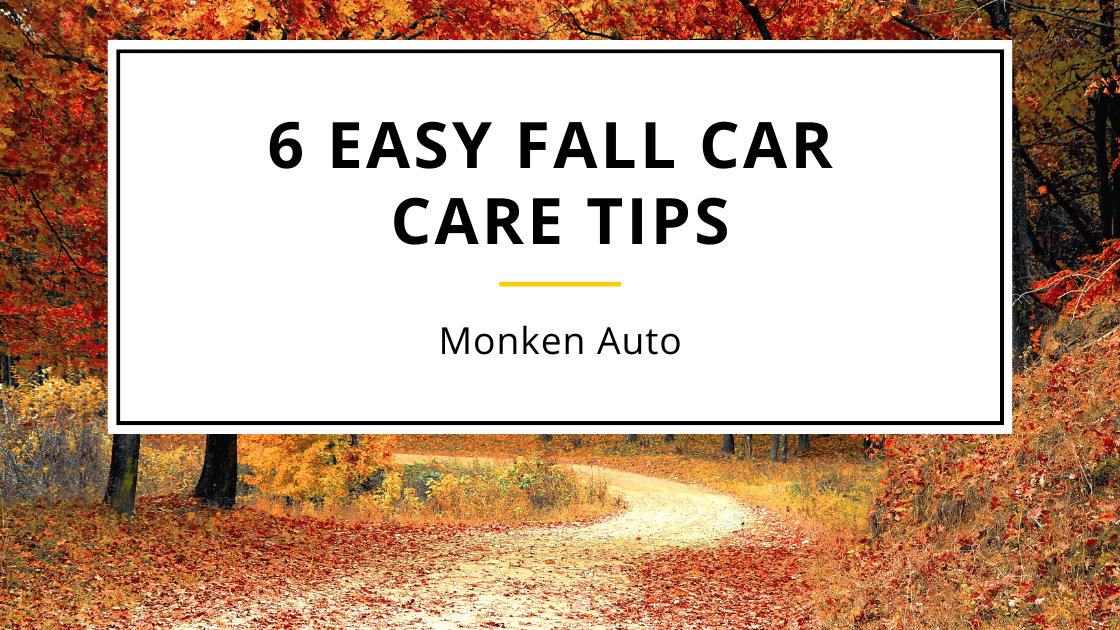
Summer is coming to a close, kids are back in school and families are starting to focus on getting things done other than blowing up pool floats. Fall is a busy time for all of us, but it’s also the perfect time to slowly start getting your vehicle ready for the winter, (yuck, the ‘w’ word), months ahead. Getting a head start in the fall means that you don’t have to scramble in once winter does hit and it may be too late.
The following are our Fall Car Care Tips to help get your vehicle ready for both fall AND winter. No need to have all these done at once. Spread the cost out over the fall so that by winter you’re safe and ready to drive! Here are our September Service Specials for Toyota , Chrysler/Nissan , and Chevy Buick GMC.
Check your Tire Tread – you can visually check this yourself. The easiest way is to grab a penny and insert the penny into a tire groove on each one of the tires. Make sure that Abe Lincoln’s head is upside down and facing you. If you can see ALL of Abe’s head, it’s time to replace your tires. This isn’t a fool proof test though, depending on your tires, so if you have doubts, definitely bring your tires in to be checked by a service professional.
Check ALL your Lights – it will start getting darker sooner and you don’t want to be caught out driving at dusk with lights that don’t work. Grab a family member or friend and have them help you check to see that your brake lights, turn signals and high beams all work.
Check fluid levels – most vehicles will now alert you when you need to replace fluids or if there is a fluid leak, but if you have an older model vehicle, you will need to check for these manually yourself or have a service professional do an inspection.
Washer fluid – this is an easy issue to rectify yourself and washer fluid is inexpensive. But oftentimes people forget to refill this and then find themselves in a scary situation when “winter” weather creeps into fall months without warning.
Heating and Cooling – checking the HVAC system is something that is a little bit more difficult to do at home. Obviously, you can tell if your AC/Heat has completely stopped working, but if the system is on it’s way out, you may not notice right away until the temps drop drastically. But at a service center this is a quick test and they can tell you exactly how adequately yours is working.
Tire Pressure – air pressure in a tire decreases 1-2 pounds for every 10 degrees of temperature change. This is something that you will want to check a few times each season. And the nice thing is that putting air in your tires is free!
Not just to help ensure your safety this fall and winter, keeping your car properly tuned can improve your gas mileage by an average of 4%* – everybody likes saving on gas money!
*source: The Car Care Council
Safety Tips for Summer Storms
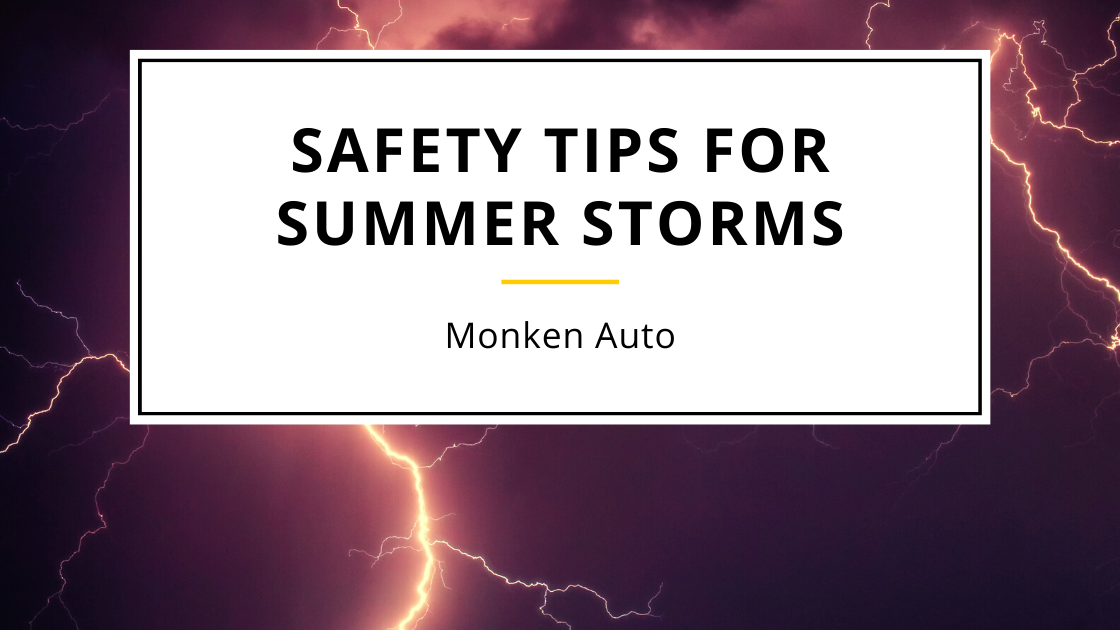
This beautiful weather also brings storms that could be very dangerous. Tornados, hail, and white-out rain storms are prevalent this time of year. We put together some tips on what to do if you find yourself stuck in a storm while you’re in your vehicle.
‘Trying to outrun a tornado in your vehicle is the number one thing to remember not to do. AccuWeather.com Senior Meteorologist, Dave Samuhel, said that trying to outrun a tornado is a bad idea because tornadoes have the potential to travel over 60 mph and they don’t have to follow road patterns. Driving on a 90-degree angle away from the tornado is a good strategy to follow in order to distance yourself from the tornado.
“A compass or GPS may be helpful to determine which way to drive on a 90-degree angle away from the storm,” Samuhel said.
If you see a tornado developing where you are driving, the best thing to do is to pull over and evacuate your vehicle. Seek shelter in the nearest sturdy building or storm shelter; do not hide under your car. The wind could potentially roll your car over. If there is no available shelter, find the nearest ditch or low-lying area and crouch low to the ground covering your head with your arms.
Potentially sturdy structures to look for while driving are fast food restaurants and banks. Fast food restaurants will usually have a cooler that could withstand a tornado similar to a safe in a bank, according to Samuhel. Also, seeking shelter in an interior wall is a good idea.
“The more walls between you and the tornado, the better off you are,” Samuhel said. (excerpt taken from AccuWeather.com).’
10 Most Important Items to Keep In Your Car
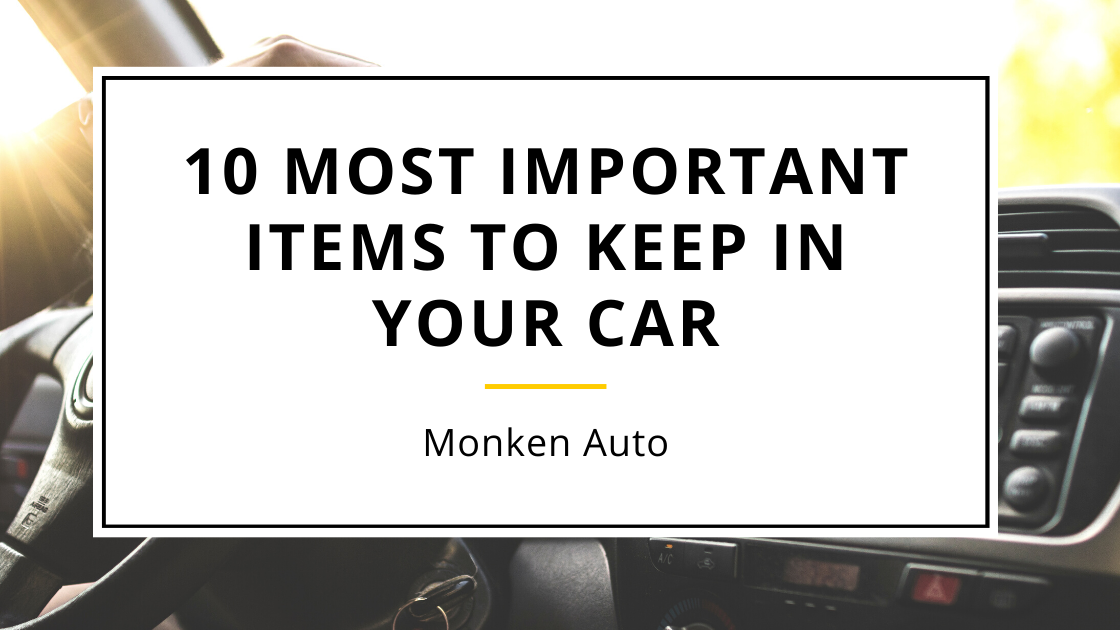
Nissan’s New Intelligent Rear View Mirror
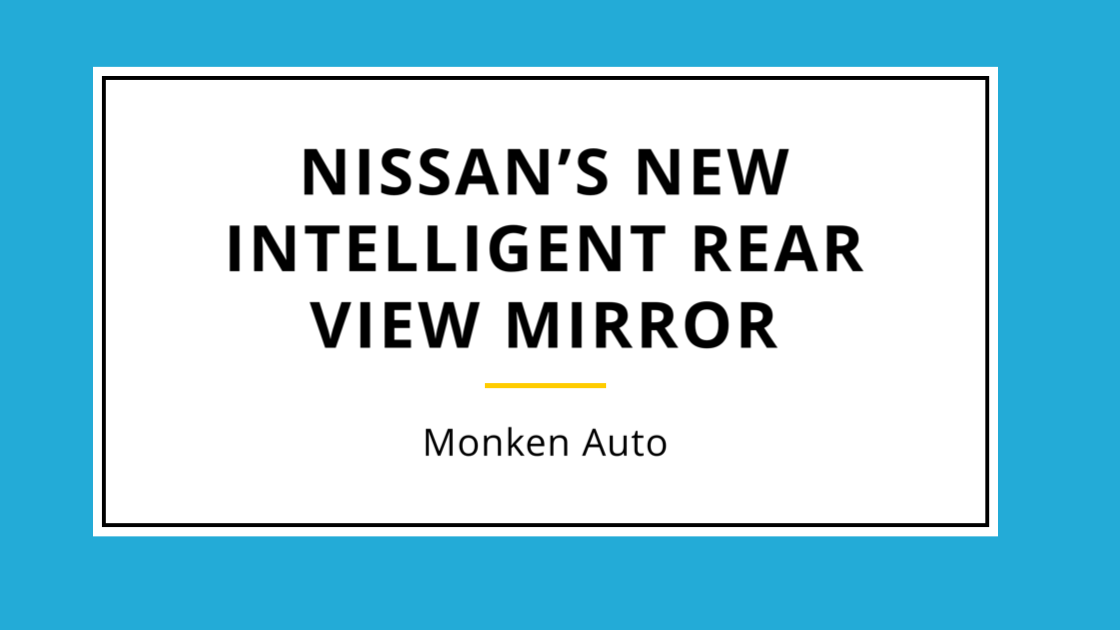
Intelligent Rear View Mirror
Nissan’s new Intelligent Rear View Mirror (I-RVM)1 adds a built-in LCD monitor within the traditional rearview mirror to help provide clear rearward visibility unimpeded by traditional obstacles such as cargo or tall passengers. The 2018 Nissan Armada is the first Nissan vehicle to offer the new I-RVM technology. I-RVM is standard on the Armada Platinum grade.
The I-RVM system utilizes a high-performance, narrow-angle camera and a specially shaped LCD monitor, with a unique aspect ratio of approximately 4:1, versus conventional monitors’ 4:3 or 16:9. The camera projects a clear image onto the monitor for a better view, as well as a more comfortable driving experience.
The high-quality camera and image processing system implemented in the LCD monitor consistently results in a clear image with minimal glare, even during sunrise or sunset conditions or when the vehicle is being followed by a vehicle with strong headlights.
What Exactly Is That New Car Smell?
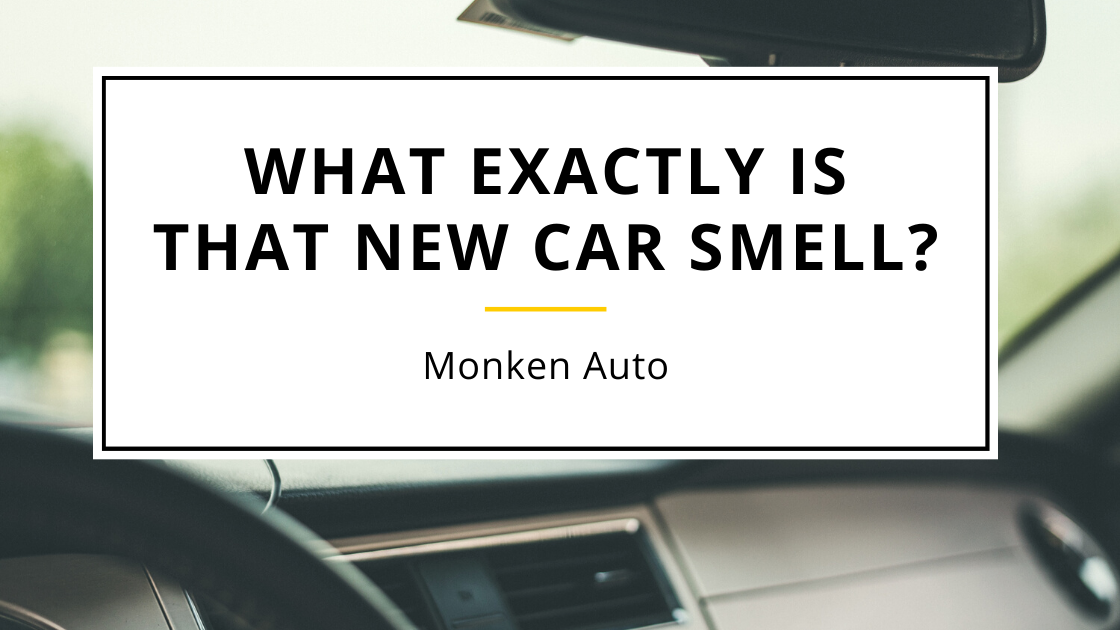
By Rachel Swaby for Giz Explains
The smell of a new car is intoxicating. It reminds us of money and shiny objects. It evokes that golden period before repeat coffee stains, moldy Tupperware, and our trunk’s transformation into a Good Will depository change the way we feel about our car.
But it’s kind of a weird smell, right? It’s so different from chocolate chip cookies or eucalyptus or whatever else we identify as pleasant. So we decided to get to the bottom of the new car smell. What is it?
The answer, according to Toyota’s color and trim manager Janis Ambrose Shard, certainly leans toward a more Pavlov’s dog-type reaction. We like the smell because we like the car. Unfortunately, says Shard, “The smell is mostly organic compounds in the vehicle off-gassing. Anything that is vinyl or plastic—the foam lamination on the seat surface, the plastic on the dash or on the door panel—it’s the volatile organic compounds (VOCs) coming out of them that causes that smell.” In other words, without the relationship to a brand new car, the smell would just, you know, smell.
VOCs probably ring a bell because they’re air pollutants. And they can do a number on your health. And they’re everywhere. Thousands of household products-from paints to cleaning products to waxes-all emit the gasses, and they’re normally found in low concentrations in indoor air. In your car, petroleum-based solvents in plastic and vinyl are to blame. VOCs escape from the dash and the seats because they don’t require super high temperatures to evaporate. A normal ol’ Tuesday will stir them up.
Another VOC fun fact: You know that weird foggy film that builds up on the inside of your windshield? Blame the new car smell. The same VOCs that we’re sniffing can be responsible for mucking up our windows, too.
“That new car smell is not something we strive to achieve,” says Shard. If anything, automakers are trying to cut it. Toyota has moved from solvent-based glues to water-based alternatives to slash VOCs, and other automakers, like Ford, have experimented with swapping petroleum-based seating for soy based foam. Natural materials, though, have their own set of challenges. For instance, Ford had to go through a lot of veggie-based foam trials to find one that didn’t offend the consumer’s nose. And because the natural material holds a lot of moisture, living somewhere like Louisiana where it’s both hot and humid, can cause some natural materials to deteriorate rapidly, says Shard.
Basically, they’re working on taking that new car smell away. In the meantime, we should start working on ending our affinity for inhaling VOCs. Let’s instead focus our olfactory efforts on new car leather. See, during manufacturing, the warm leather smell disappears from the pieces that go into cars. Leather manufacturers, knowing that the smell is important to us, make sure to add that smell back in before anything is shipped to consumers. Thank goodness we still have one unnatural smell to happily cling to.
Nissan Introduces New Safety Feature Rear Door Alert
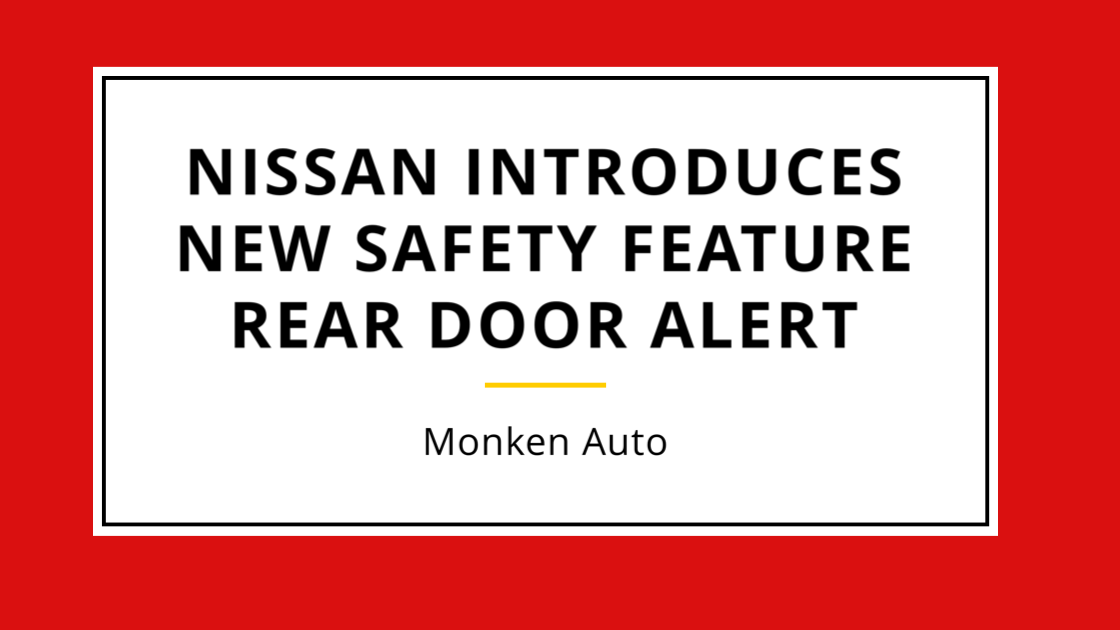
By blogsadmin | Posted in Nissan Pathfinder, Safety on Monday, August 21st, 2017 at 4:29 pm

What is the Nissan Rear Door Alert?
In the summer, temperatures in a parked car can climb quickly, reaching dangerous temperatures. That’s why Nissan recently added a new safety feature that is designed to help remind drivers to check their back seat before exiting or leaving their vehicle. The Nissan Rear Door Alert was designed to ensure that nothing is forgotten in the back seat of a vehicle.
Whether you’re packing your new Nissan vehicle up with groceries or driving home from the park with your furry friend, the last thing you want to do is forget to unload the back seat of your vehicle. As temperatures inside your vehicle in the summer and even the fall quickly rise, it can mean a minor inconvenience like melted ice cream, or a potentially dangerous situation for pets. That’s why it’s important for busy drivers to know that Nissan has your back, giving you reminders to check the back seat to ensure that everything – and everyone – is out of the vehicle.
[Read more: Nissan Models with AWD]
How does the Nissan Rear Door Alert Work?
When the new Nissan Rear Door Alert feature is enabled, a door sensor is able to tell if a rear door was opened when you first entered and started the vehicle. If the driver then walks away with their smart key without reopening a rear door, the Nissan’s horn will honk to remind them to check their back seat.
Nissan’s Rear Door Alert system is the first of its kind to offer an external, audible alert. The feature will be available on the upcoming 2018 Nissan Pathfinder.

We want to make sure our customers know who to contact in case they ever have vehicle problems while on the road. You may want to print this and put it in your vehicle or make sure you have these numbers in your cell phone.
If you have a factory or extended warranty you may contact the following:
Chrysler Roadside Assistance – 800-521-2779
Nissan Roadside Assistance – 800-225-2476
Chevrolet Roadside Assistance – 1 800 Chev-usa (243-8872)
Toyota Roadside Assistance – 800-331-4331
First Extended Roadside Assistance – 800-270-8447
CNA Roadside Assistance – 877-373-9780
AUL Roadside Assistance – 888-810-5150
Local numbers to contact:
Don’s Body Shop – 618-532-4574
Wes Monken – Owner – 618-918-8065
3 Features About the New 2017 Jeep Compass
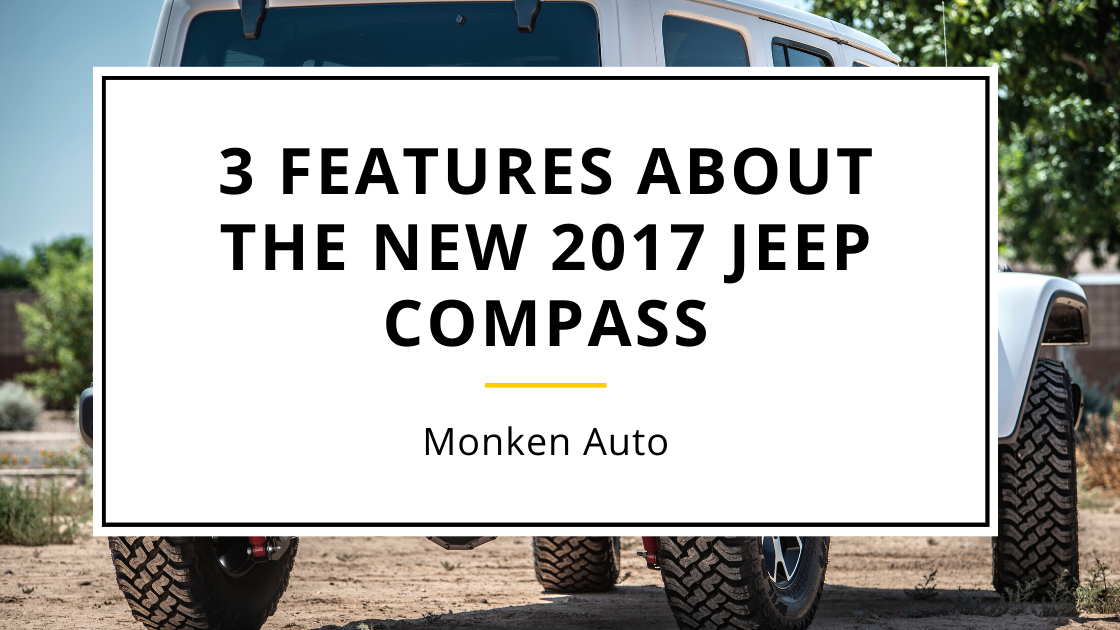
Should You Buy or Lease a Vehicle?
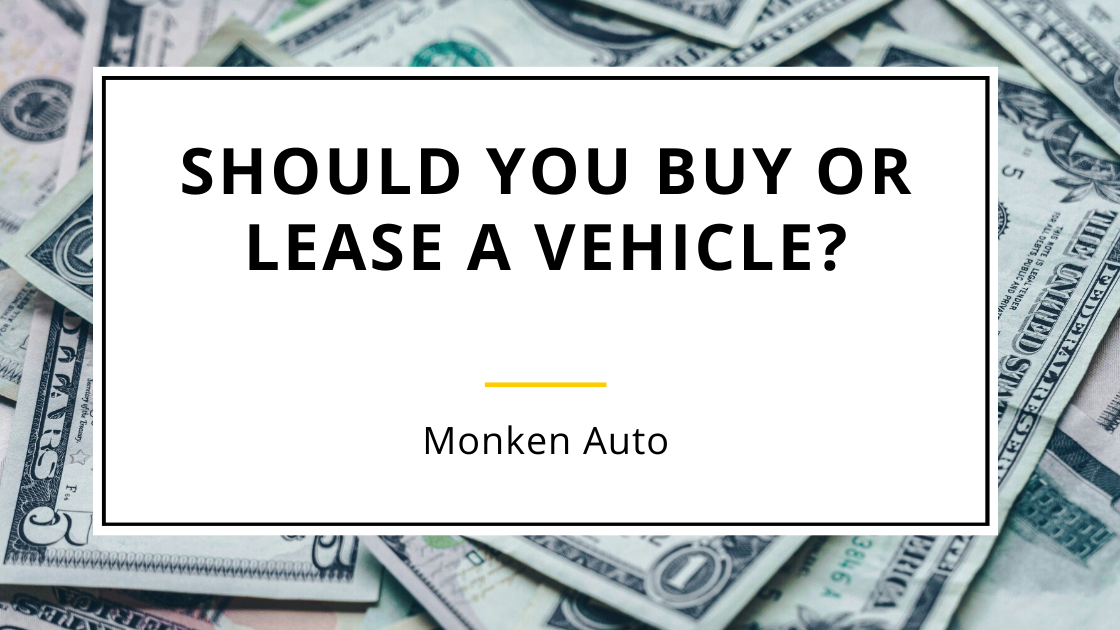
Do you know all the pros and cons of each option?
There are several factors to consider when deciding to buy or lease a car, as both options have several benefits and downsides. For example, in addition to the monthly lease or loan payment, you need to consider how much you plan to drive, how often you’d like a new car, and if you plan to customize.
Benefits of buying a car
There are several advantages to owning a car, as opposed to leasing. Here are just a few of the most important ones:
- You own the asset — Assuming that you finance the car, it can take a few years to build up any serious equity (where you owe less than the car’s value), but eventually you’ll have an asset that can be sold or traded in if needed.
- No payments once your loan is repaid — When you buy a car, you’ll eventually pay off the loan and own the car free and clear, at which point you’ll no longer have a monthly car payment. When you lease, you’ll always have a car payment.
- No mileage restrictions — If you own your car, you can drive it as much as you’d like without having to worry about paying a penalty. On the other hand, if you lease, you’re generally limited to 10,000, 12,000, or 15,000 miles per year before you’ll start accumulating penalties.
- No charges for excessive wear — When you lease, you’ll generally be held responsible for anything that could be considered beyond “normal wear and tear.” If you get a dent in a car you own, for example, you can choose to fix it or simply live with the dent and save the money.
- Customization — A vehicle you own can be modified or customized as you see fit. Leased vehicles need to be returned in their original state, so any modifications will need to be removed, which is often impossible or very expensive.
Benefits of leasing a car
On the other hand, leasing has its advantages as well:
- A new car every two-to-four years — Simply put, if you enjoy having a new car, leasing could be the way to go.
- Little or no maintenance worries — For the most part, leased cars are under factory warranties throughout the term of the lease agreement. In my case, this is the primary motivating factor for leasing — I don’t like uncertainty, especially when it comes to potentially costly repairs. Leasing allows me to avoid this worry.
- Cheaper monthly payments — While it depends on the particular make and model, as well as factors such as your down payment, you can generally lease a car for less money per month than it would cost you to buy it. In full disclosure, I lease my car, and the difference between my lease payments and what the payment would have been on a 60-month car loan was about $150 per month. When you lease, you’re only paying for the vehicle’s expected depreciation and associated charges, not for the residual value of the vehicle.









